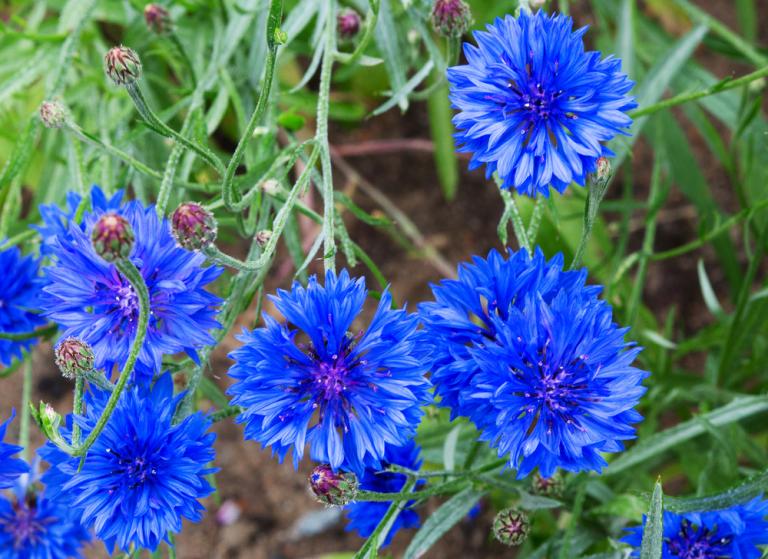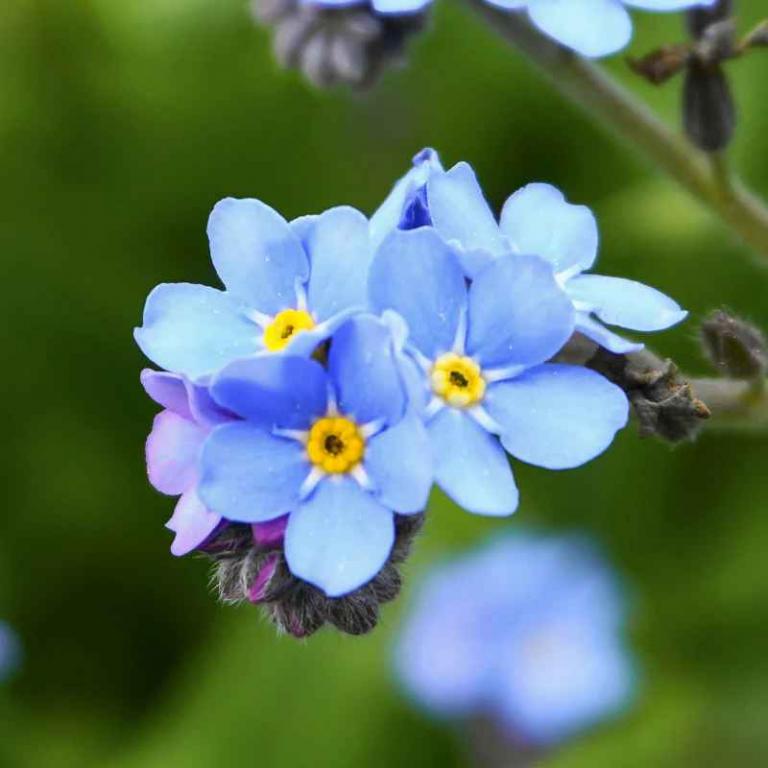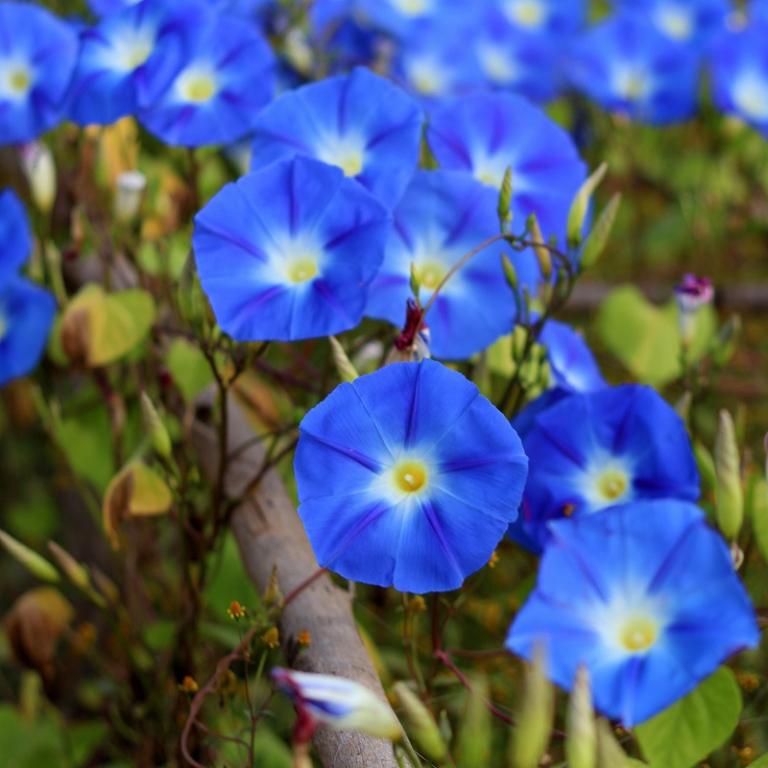The Lanhydrock Collection
Lanhydrock is the quintessential country house and estate, with the feel of a wealthy but unpretentious family home.
With a history dating back to the 17th century, Lanhydrock’s garden has many stories to share.
‘’Reduce the colour spectrum in your border to create impact, blue and yellow are one of my favourite planting combinations.’’
Tommy Teagle, Head Gardener Lanhydrock

Cornflower Blue Ball
Centaurea cyanus
Expect masses of true cornflower-blue flowers from seed of this charming, easy-to-please annual. Delightful in borders and cottage garden settings, where it will attract butterflies and bees, the long-stemmed Blue Ball is also a splendid cut flower and was once widely grown commercially in East Anglia for this purpose. The blooms can also be dried if desired. Cornflower is an easy-to-grow hardy annual which flowers the same year as sowing. Its seeds can be sown direct in the garden where it is to flower. Once a common sight in cornfields before the use of herbicides, it does well in full sun on well-drained soils, including those which are dry, of low fertility or chalky.
Cornflower belongs to the most beautiful summer flowers. It looks great on sunny flower beds and fits well into natural compositions and flowery meadows. Despite its tenderness, it can be successfully grown in containers. It is also quite resistant to drought. The planters with cornflowers magnificently adorn a balcony or terrace. Please note that this is valued and productive melliferous plant. A bouquet made of cornflowers is rather durable and retains saturated colour for a long time.

Forget-Me-Not Light Blue
Myosotis sylvatica
The true forget-me-not flower (Myosotis scorpioides) grows on tall, hairy stems which sometimes reach 2 feet (61 cm.) in height. Charming, five-petaled, blue blooms with yellow centers explode from the stems from May through October. Flower petals are sometimes pink. Forget-me-not plants often grow near brooks and streams and other bodies of water, which offer the high humidity and moisture that is desirable to this species.
The perennial forget-me-not flower spreads easily, freely self-seeding for more of the wildflower to grow and bloom in shady spots where the tiny seeds may fall. Forget-me-not flower care is minimal, as with most wildflowers. Forget-me-not plants grow best in a damp, shady area, but can adapt to full sun.
They belong to a species of plant calls Myosotis, which is a genus of flowering plants in the family Boraginaceae. The name comes from the Ancient Greek μυοσωτίς "mouse's ear", which the foliage is thought to resemble. In the northern hemisphere they are colloquially known as forget-me-nots or scorpion grasses. Myosotis is the official flower of Alaska and Dalsland, Sweden. Plants of the genus are commonly confused with Chatham Islands' forget-me-nots, which belong to the related genus Myosotidium.

Morning Glory Heavenly Blue
Ipomoea tricolor
A highly popular variety of Morning Glory, award-winning Ipomoea tricolor 'Heavenly Blue' is a lovely annual vine with large, heart-shaped leaves and vibrant, azure-blue trumpet-shaped flowers. Opening in the morning to reveal their white and yellow throats, the flowers, 3-5 in. (8-13 cm), close in the afternoon, hence the common name. Morning Glory produces new flowers daily and blooms continuously from early summer to early autumn.
It is a species of flowering plant in the family Convolvulaceae, native to the New World tropics, and widely cultivated and naturalised elsewhere. It is an herbaceous annual or perennial twining liana.
Visit our full collection of National Trust seeds, inspired by Lanhydrock, including
ALCHEMILLA mollis (Lady's Mantle)
ALYSSUM Snow Cloth
AMMI majus
CORNFLOWER Blue Ball
COSMOS Purity
DELPHINIUM Pacific Giants Mixed
FORGET-ME-NOT Light Blue
MORNING GLORY Heavenly Blue
NEMOPHILA Baby Blue Eyes
SALVIA transsylvanica
